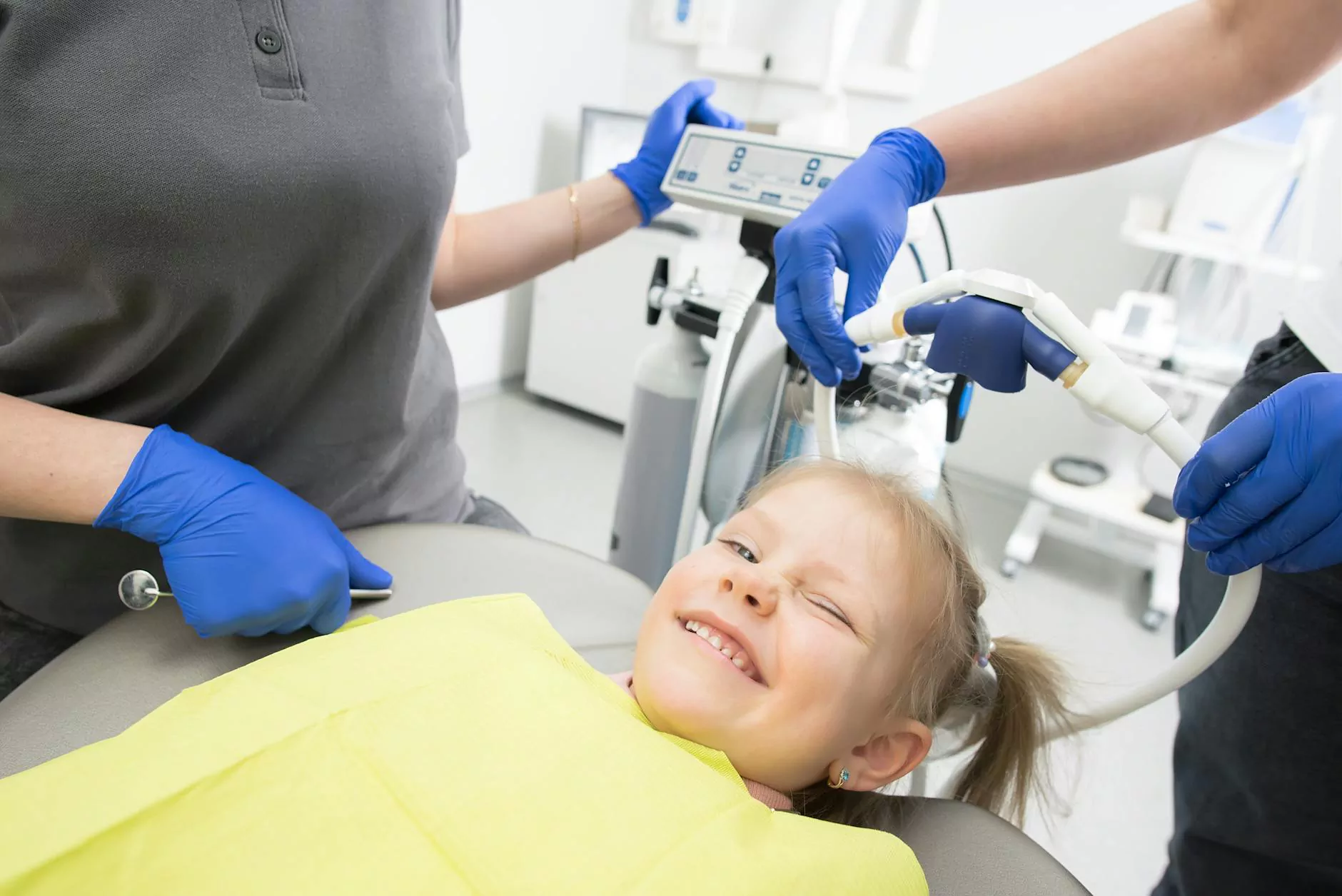Debunking Scoliosis: 5 Myths You Should Stop Believing
Health
Introduction to Scoliosis
Scoliosis is a common condition among individuals in the Health category, particularly those interested in spinal health. It is crucial to address the myths surrounding scoliosis to ensure accurate knowledge and effective treatment options. In this comprehensive guide, Kelley Tim PA-C brings you the truth behind the top 5 myths associated with scoliosis. Keep reading to free yourself from misinformation and make informed decisions about your health.
Myth 1: Scoliosis Only Affects Adolescents
Contrary to popular belief, scoliosis is not solely limited to adolescents. While it is most commonly diagnosed during childhood or adolescence, scoliosis can develop at any age. Adult-onset scoliosis is a real concern and may have different underlying causes and treatment approaches. It is important for individuals in all stages of life to be aware of scoliosis and its potential impact on overall well-being.
Myth 2: Scoliosis is Always Painful
Another myth surrounding scoliosis is that it always causes pain. While scoliosis can be associated with discomfort, it doesn't automatically result in chronic pain. The degree of pain experienced by individuals with scoliosis can vary greatly depending on factors such as the severity of the curvature, individual tolerance, and additional underlying spinal conditions. Proper diagnosis and tailored treatment plans are essential to effectively manage scoliosis and minimize any associated discomfort.
Myth 3: Scoliosis Can Be Cured with Exercise Alone
Exercise plays a vital role in managing scoliosis, but it is important to understand that there is currently no known cure for scoliosis. Exercise can help strengthen the muscles supporting the spine, improve posture, and alleviate some of the symptoms associated with scoliosis. However, it should be incorporated as part of a holistic treatment approach, including regular medical check-ups, bracing, and, in severe cases, surgical interventions. Timely intervention and appropriate treatment methods are critical in managing scoliosis effectively.
Myth 4: Scoliosis Only Requires Treatment if Curvature is Severe
While monitoring curvature progression is essential, scoliosis should not be ignored or left untreated, even if the curvature is mild. Early detection and intervention significantly increase the chances of successful outcomes and prevent the condition from worsening. Non-invasive treatments, such as physical therapy, chiropractic care, and bracing, can potentially halt or slow down the progression of scoliosis. Seeking professional medical advice is crucial in order to develop an individualized treatment plan that suits your specific needs.
Myth 5: Scoliosis Can't Be Prevented
While there is no guaranteed way to prevent scoliosis, certain measures can be taken to reduce the risk or detect it early. Regular visits to a healthcare professional, particularly during adolescence, can help identify any signs of scoliosis promptly. Spinal health awareness, maintaining good posture, engaging in regular exercise, and taking appropriate precautions during physically demanding activities can all contribute to reducing the risk of scoliosis or detecting it at its earliest stages.
Conclusion
As an expert in the Health category, Kelley Tim PA-C is dedicated to debunking scoliosis myths and providing accurate, actionable information. By uncovering the truth behind these common misconceptions, this guide empowers individuals to make informed decisions about scoliosis management. Remember that scoliosis is a complex condition that requires professional guidance to ensure the best possible outcomes. Seek the assistance of a knowledgeable healthcare provider to discuss your specific needs and receive personalized treatment options.










